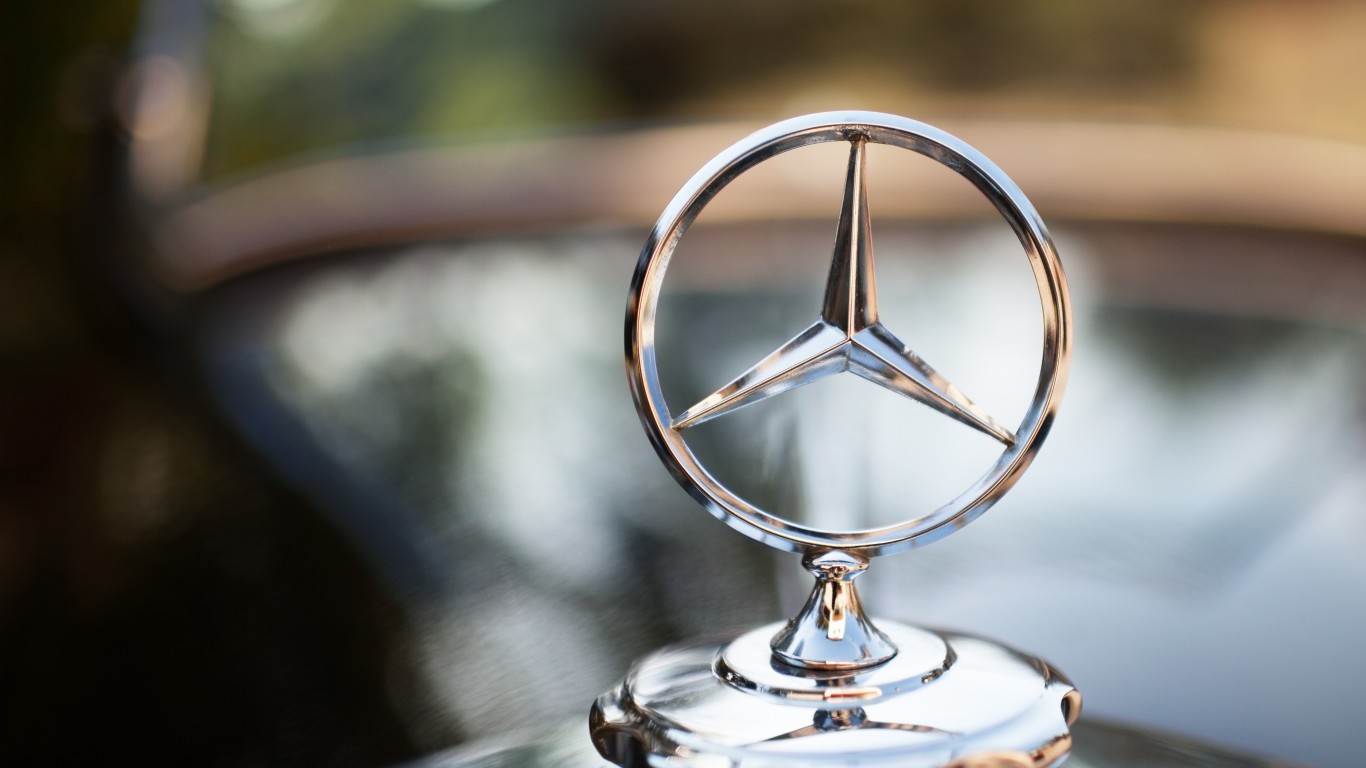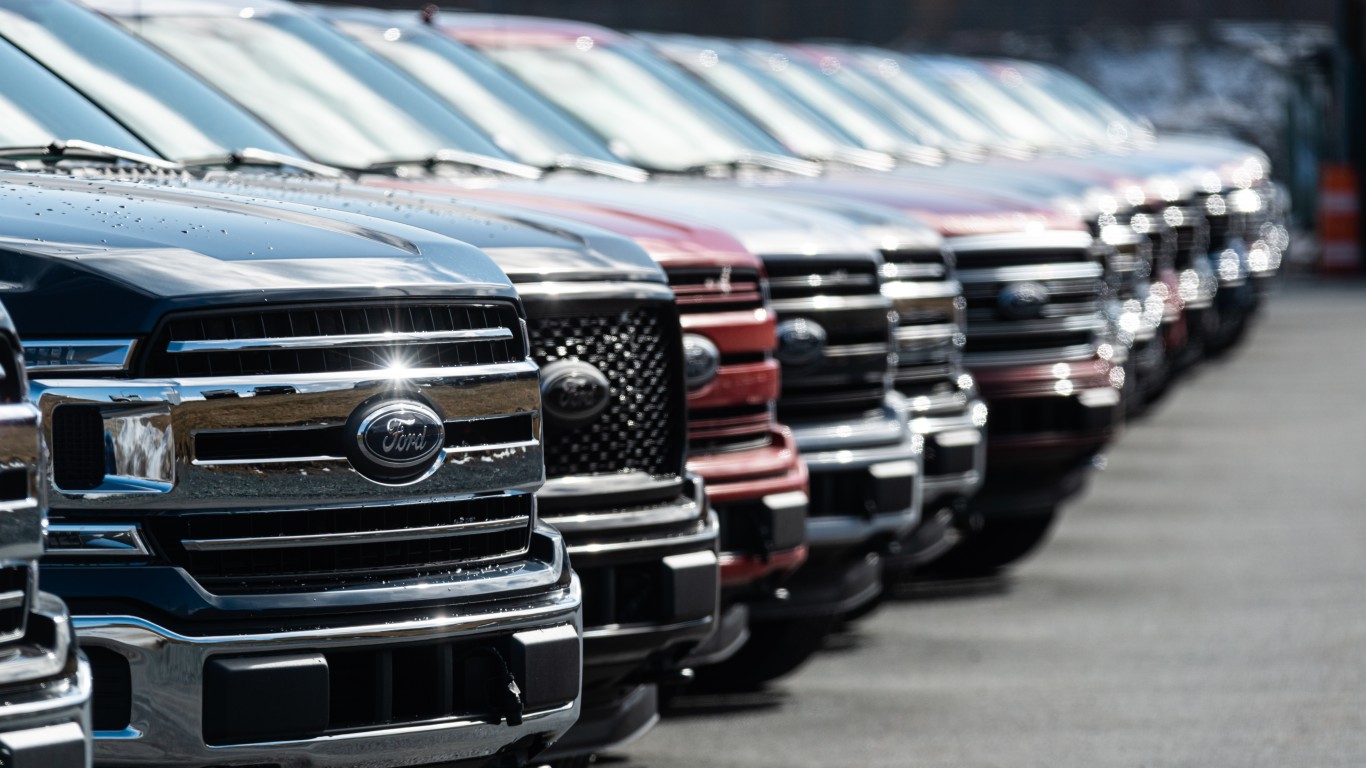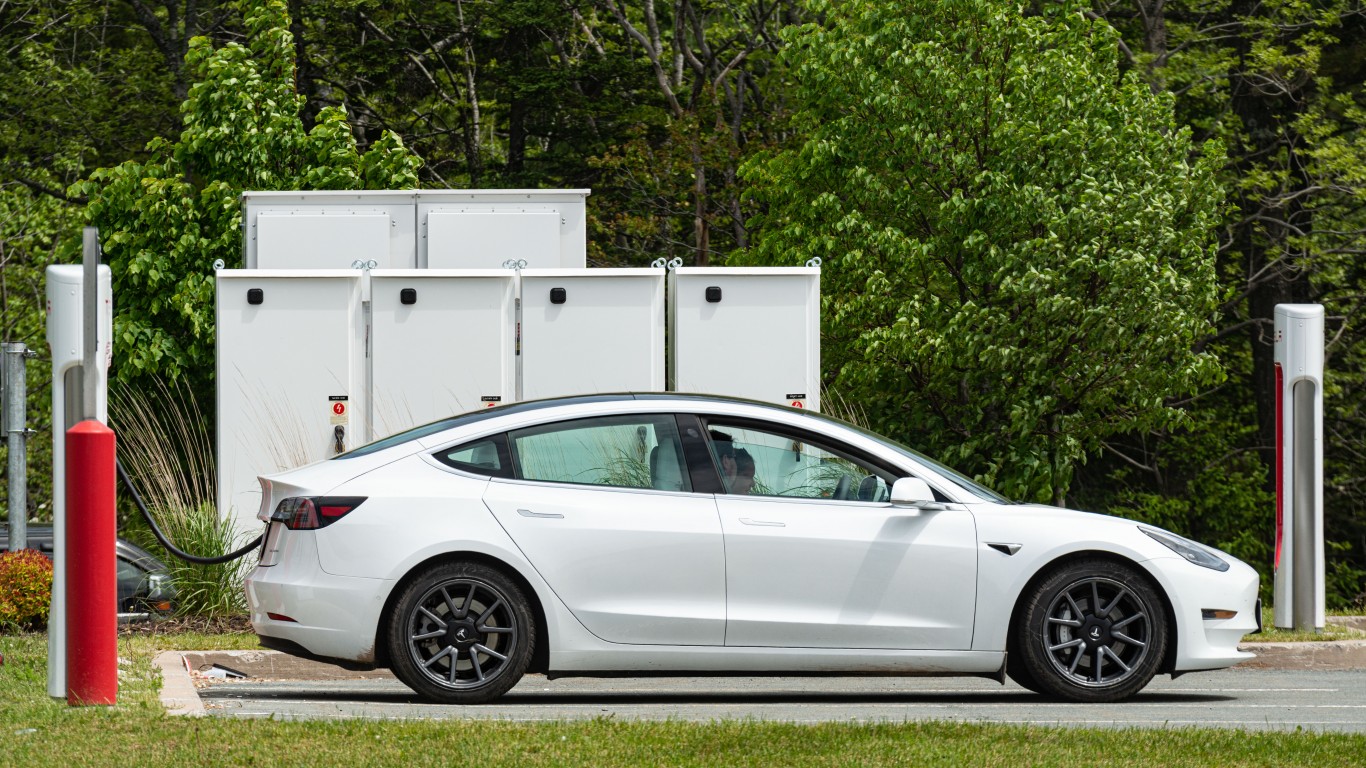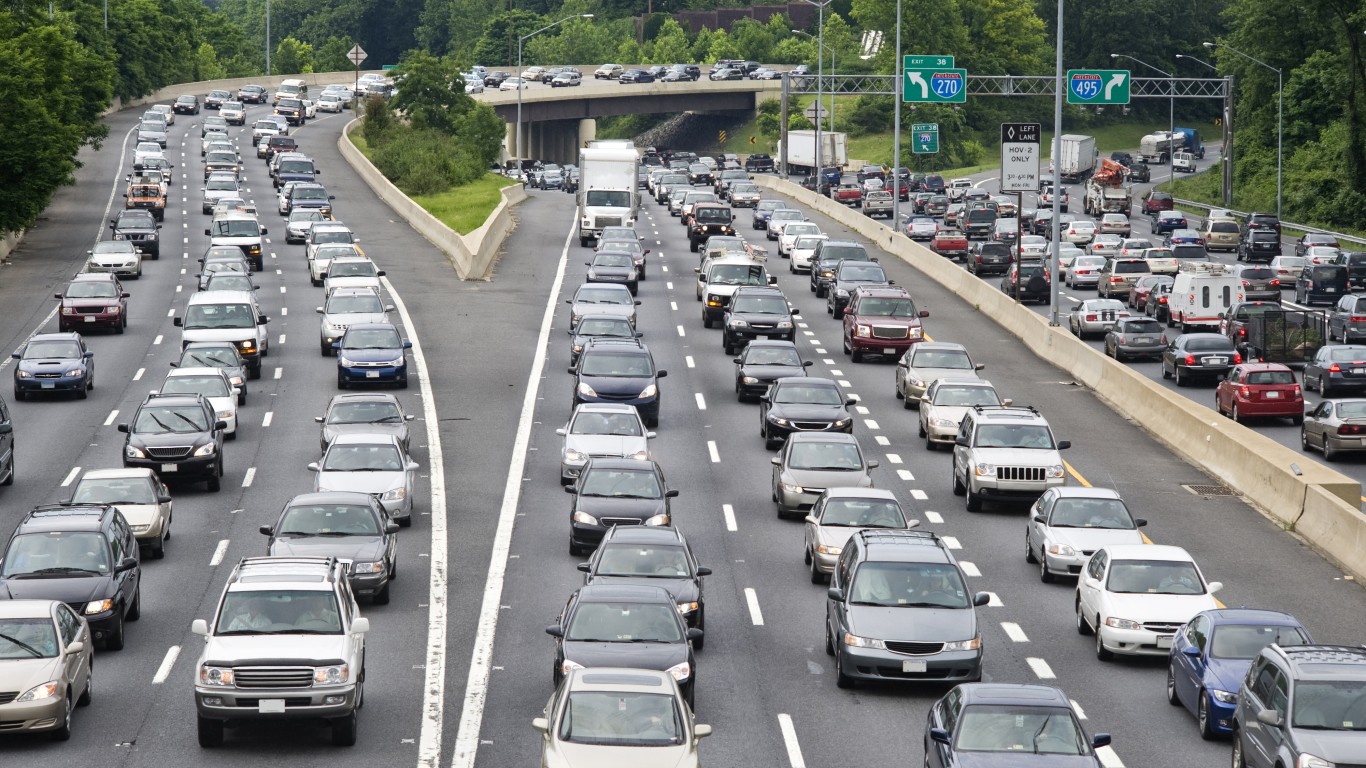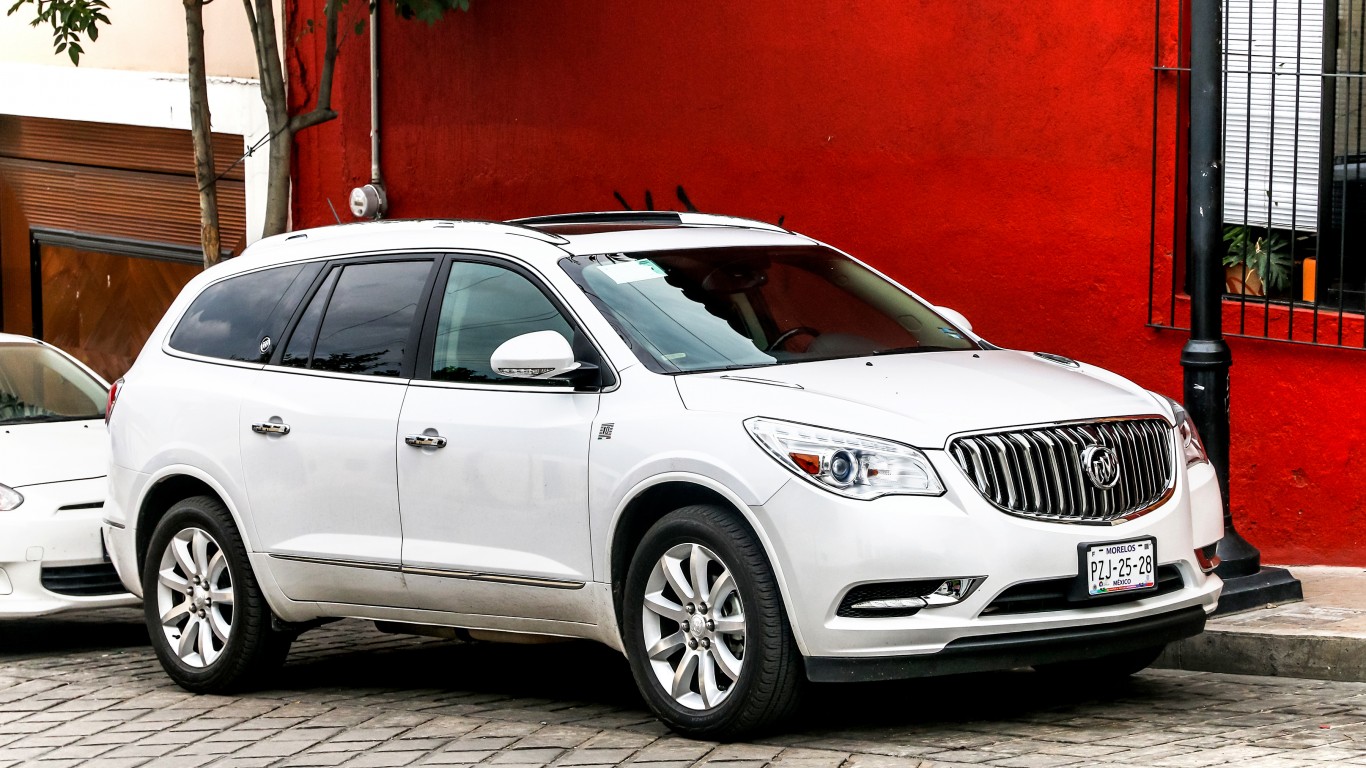
Released in 2007, the Buick Enclave isn’t old but it’s already had some good and bad years. Designed to replace two of Buick’s existing SUVs, the first-generation Enclave lasted from 2007 until 2017. The second generation was released in 2018, which we’re still in today as the Enclave was recently refreshed as late as 2022.
However, Buick has indicated a new generation for 2025 is coming sometime in late 2024 with an all-new design and Buick’s Super Cruise technology. While the 2025 model sounds exciting, if you had to buy today, let’s take a look at the best and worst Enclave model years.
Avoid: 2008

By far the worst model year for the Buick Enclave was in 2008. According to CarComplaints.com, the 2008 Buick Enclave received well over 1,000 NHTSA complaints. These complaints made to the National Highway Transportation and Safety Administration focused on multiple issues. The primary focus was undoubtedly on engine problems, specifically after 100,000 miles.
Whether it was a check engine light remaining on or sluggish acceleration, the 2008 model had engine problems. There were also transmission failures, which could easily cost upward of $3,500 to fix. Add in 98 individual complaints just about steering issues, and it’s clear Buick had some growing pains with the first run of the Enclave.
Avoid: 2009
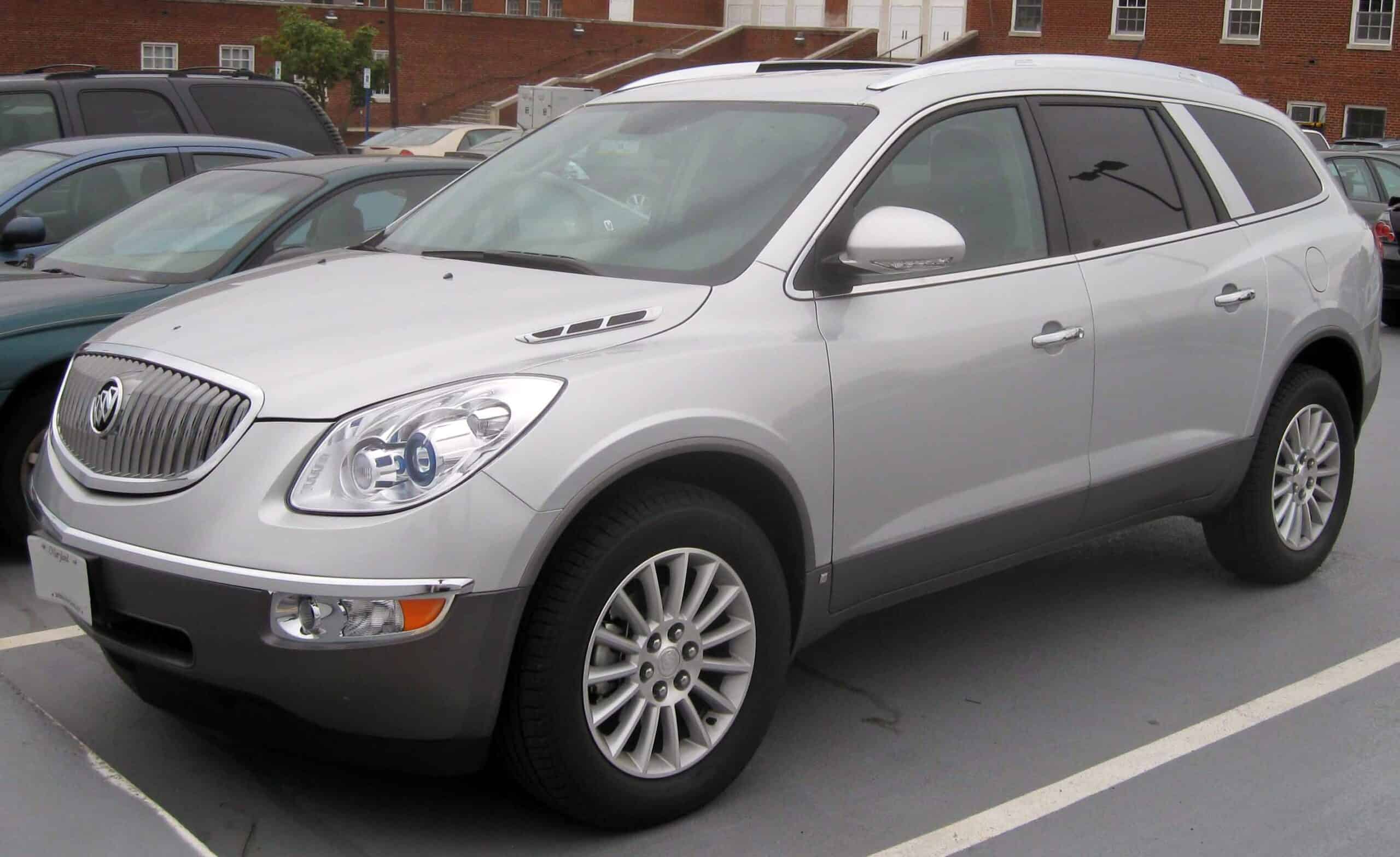
While things improved year-over-year in 2009, the 2009 Enclave still had some glaring issues this model year. Power steering continued to be a primary focus with a fix costing around $1,700 when out of warranty. It was almost a sure thing that the 2009 Buick Enclaves would see some steering issues after the vehicle passed 80,000 miles.
Buick managed to make some fixes in response to transmission issues, so 2009 did see some improvements. However, these improvements remain overshadowed by engine lights remaining on or the engine just plain overheating. Beyond the engine, some 2009 buyers report issues with the AC and heating system not working properly.
Avoid: 2010
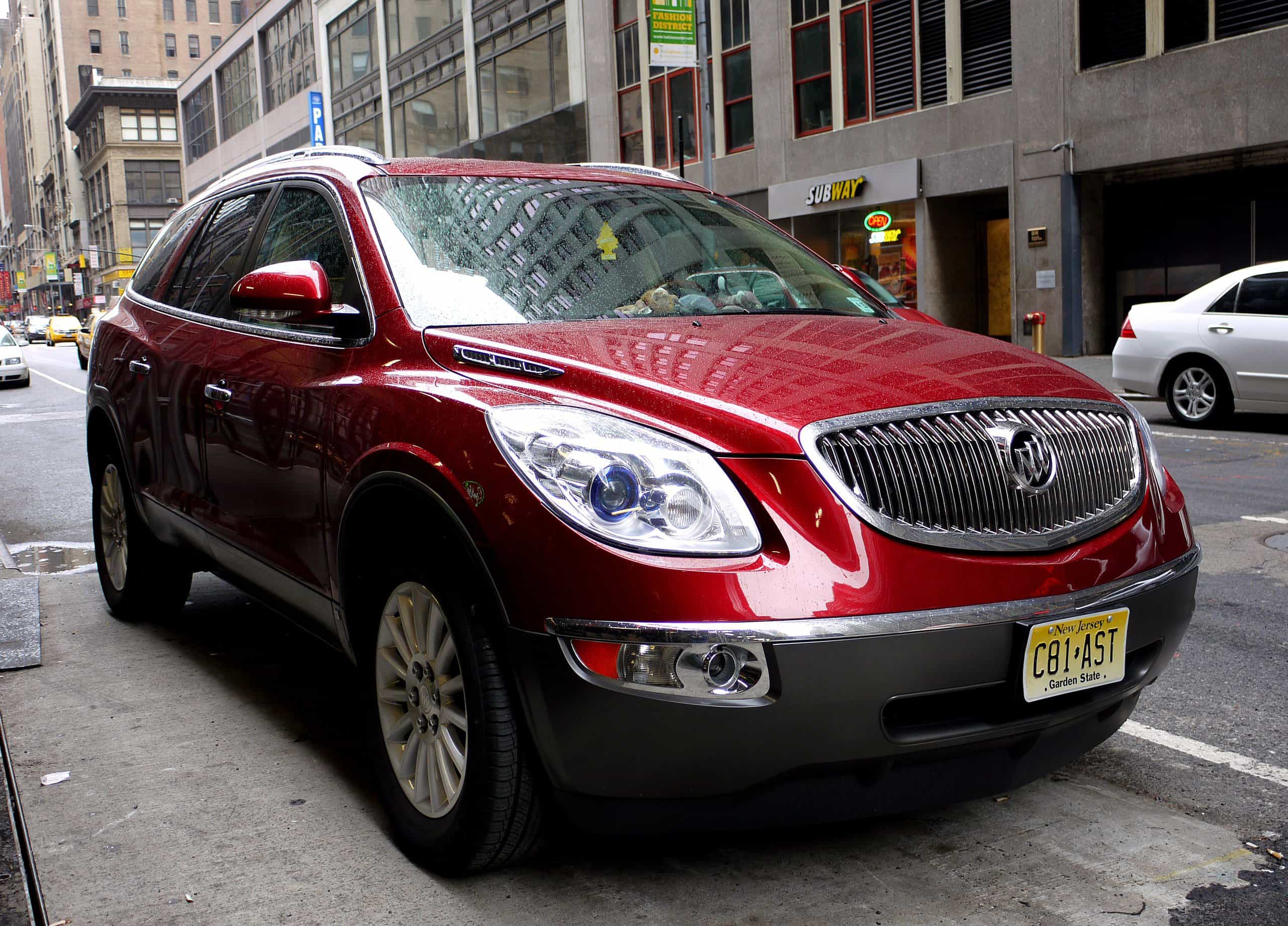
The next worst Buick Enclave model year to avoid was easily 2010. With the second-highest count of NHTSA complaints at 443, 2010 qualifies as a model year to avoid. Once again, the Enclave suffered from multiple engine issues including a cracked engine block. With this issue, things could get very expensive as a cracked engine block could cost upward of $10,000 to repair if out of warranty.
Similarly, the 2010 model saw the most complaints around steering issues. Customers regularly complained in 2010 about power steering malfunctioning while driving. If this happened, spinning the wheel to make a turn could be very difficult or make turning impossible for some. Last but not least, the timing chain in the engine could fail as it would get worn out well before it should. Should this occur, expect to pay at least $3,000 for repairs.
Avoid: 2011

Continuing Buick’s stretch of bad luck, the 2011 Buick Enclave was another model year to skip. Even though NHTSA complaints dropped to 338, it was one of the highest numbers since the vehicle’s release. The bulk of these problems remained focused on engine and steering problems. For the former, timing chain failures costing upward of $3,000 were also present in 2011 as was loss of engine power. Should the engine lose power around 80,000 miles, it’s a $1,500 fix.
Shifting over to steering problems, customers started to complain in 2011 about “howling noises” when turning. Along with steering tightening up too frequently, it had become clear steering issues really plagued these four years of the Buick Enclave.
Avoid: 2014
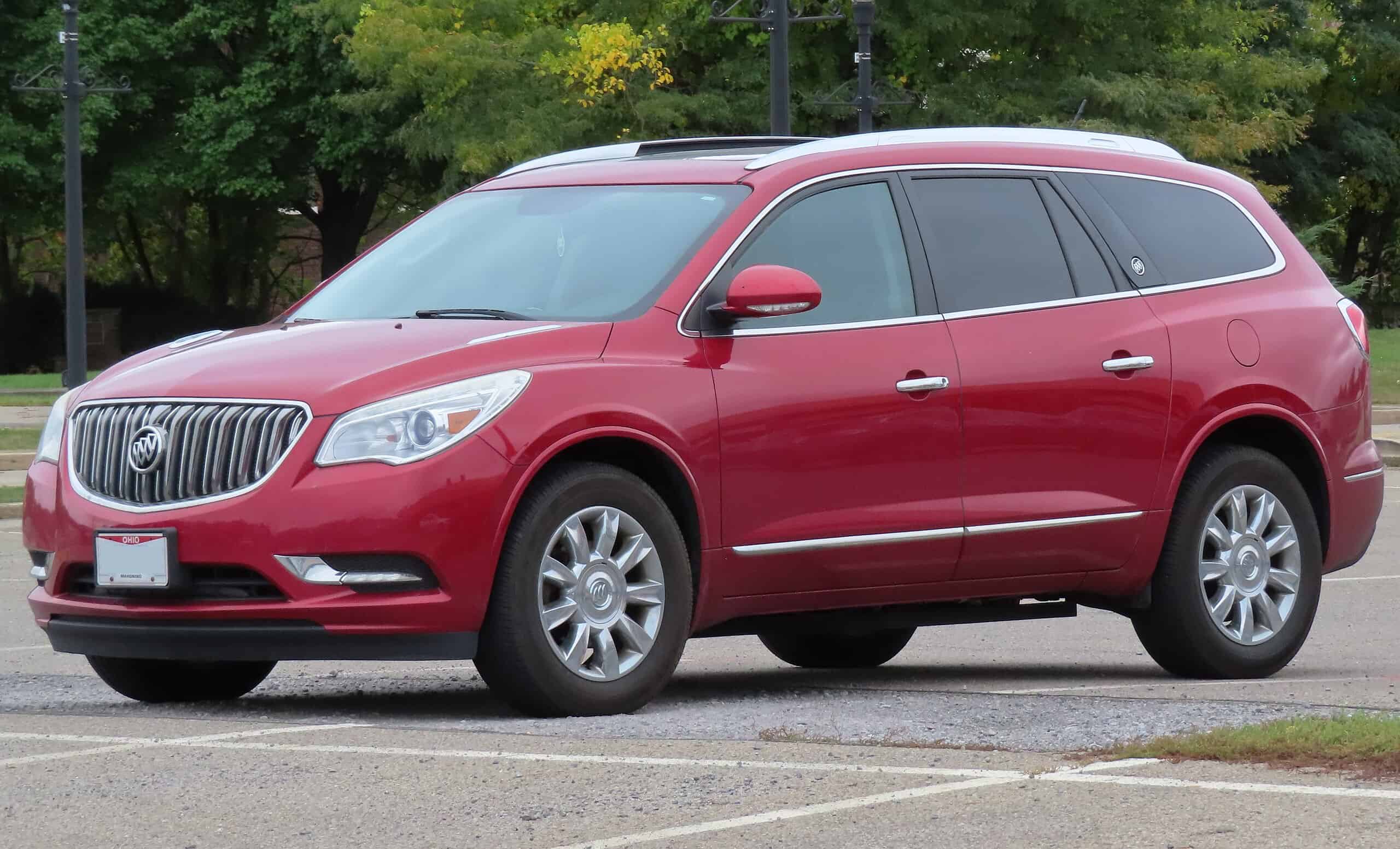
The last model year to truly avoid with the Buick Enclave was the 2014 release. The good news was that NHTSA complaints continued to drop with only 238, but engine problems remained an issue. Engine power reduction, timing chain failures, and check engine lights continued to plague Buick Enclave owners.
When you add in transmission problems and AC/heater issues, it’s almost as if Buick hadn’t made any fixes since 2009. The reality was that things were looking up for Enclave owners, but this continuous set of issues did harm the Enclave’s reputation. Because of the issues, Enclave sales have only hovered between 3,200 and 4,000 since 2007.
Own: 2017
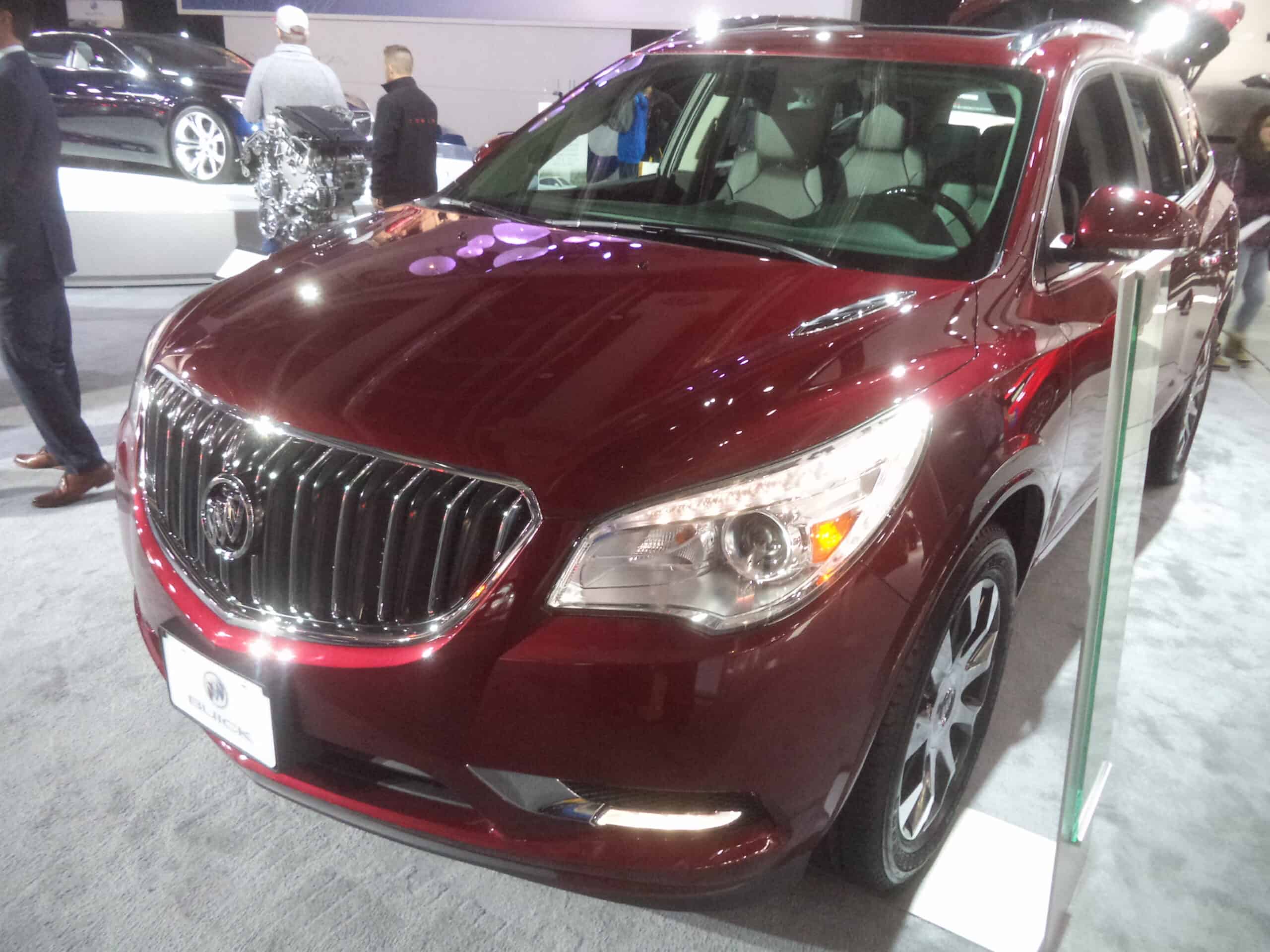
Starting in 2017, things began to look up for the Enclave as far as reliability. In total, only 51 NHTSA complaints were filed this year. Of those complaints, a few people managed to find some issues with body and paint problems, along with a single complaint around braking. The 2017 model was the first to introduce a Sport Touring edition with a Satin Black grille and 20-inch chrome wheels.
The look of the vehicle was good, but the safety ratings were also up as well. According to FIXD, the 2017 Enclave earned 4.8 out of 5 stars. This was a higher number than the Enclave’s Ford Explorer rival, which only earned a 4.6 out of 5 score. More importantly, FIXD indicated the 2017 Enclave model only spent around $417 a year on maintenance.
Own: 2018
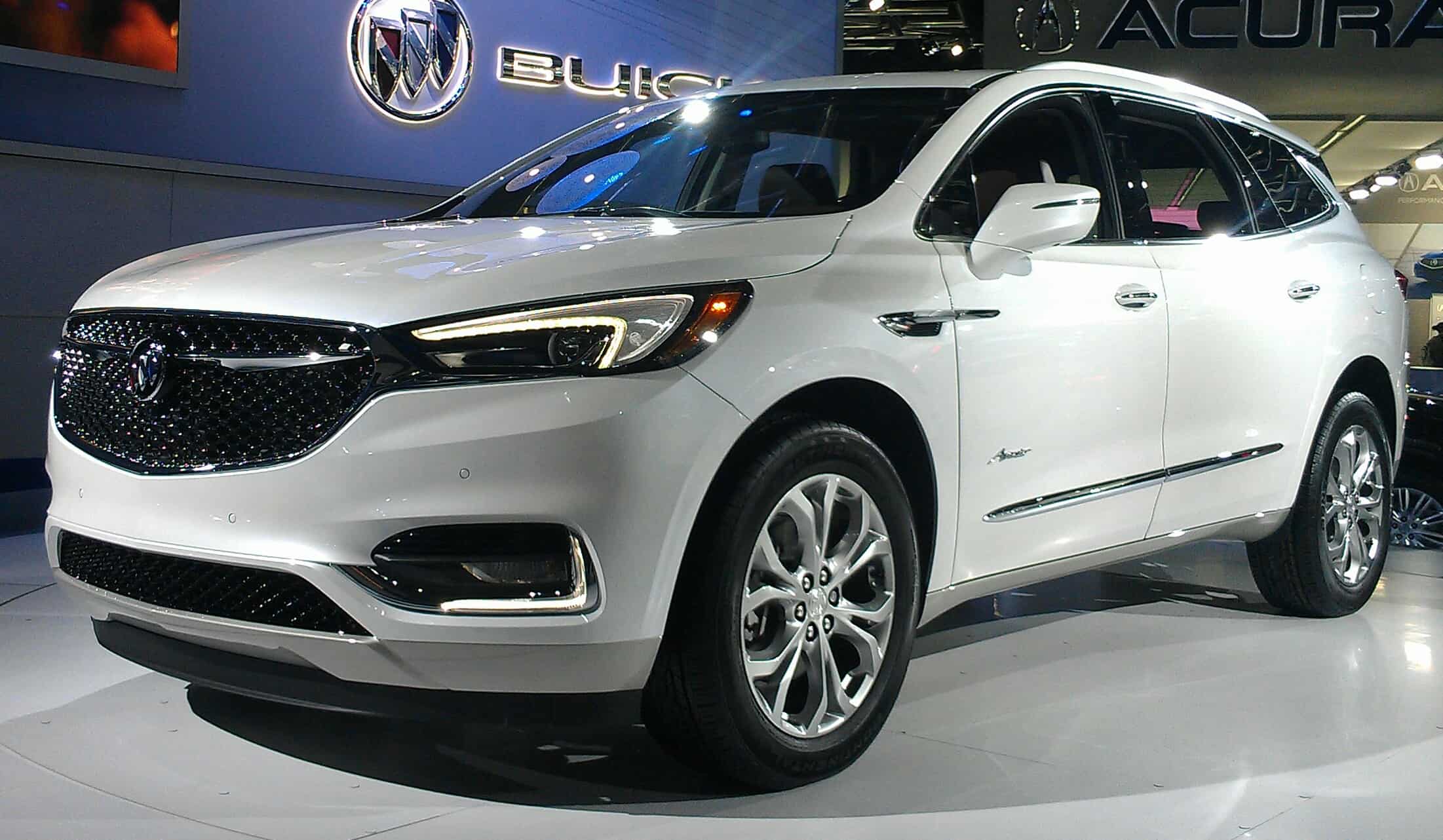
Overall, 2018 was a strong model year but complaints did increase slightly from 2017. In total, 61 NHTSA complaints were filed with braking showing up as a primary focal point. However, with only 18 complaints, it’s hard to call the brakes a major issue so this feels more limited compared to the Enclave’s broader issues from a few years ago.
The first of the second generation of Buick Enclaves, issues with the 2018 model were likely related to growing pains more than anything else. The model introduced a 3.6-liter V6 engine and nine-speed automated transmission. Updated power steering also helped eliminate many of the headaches that were a major focal point of Enclaves from the early 2000s. Buick also increased its towing capacity in 2018 to 5,000 pounds.
Own: 2019
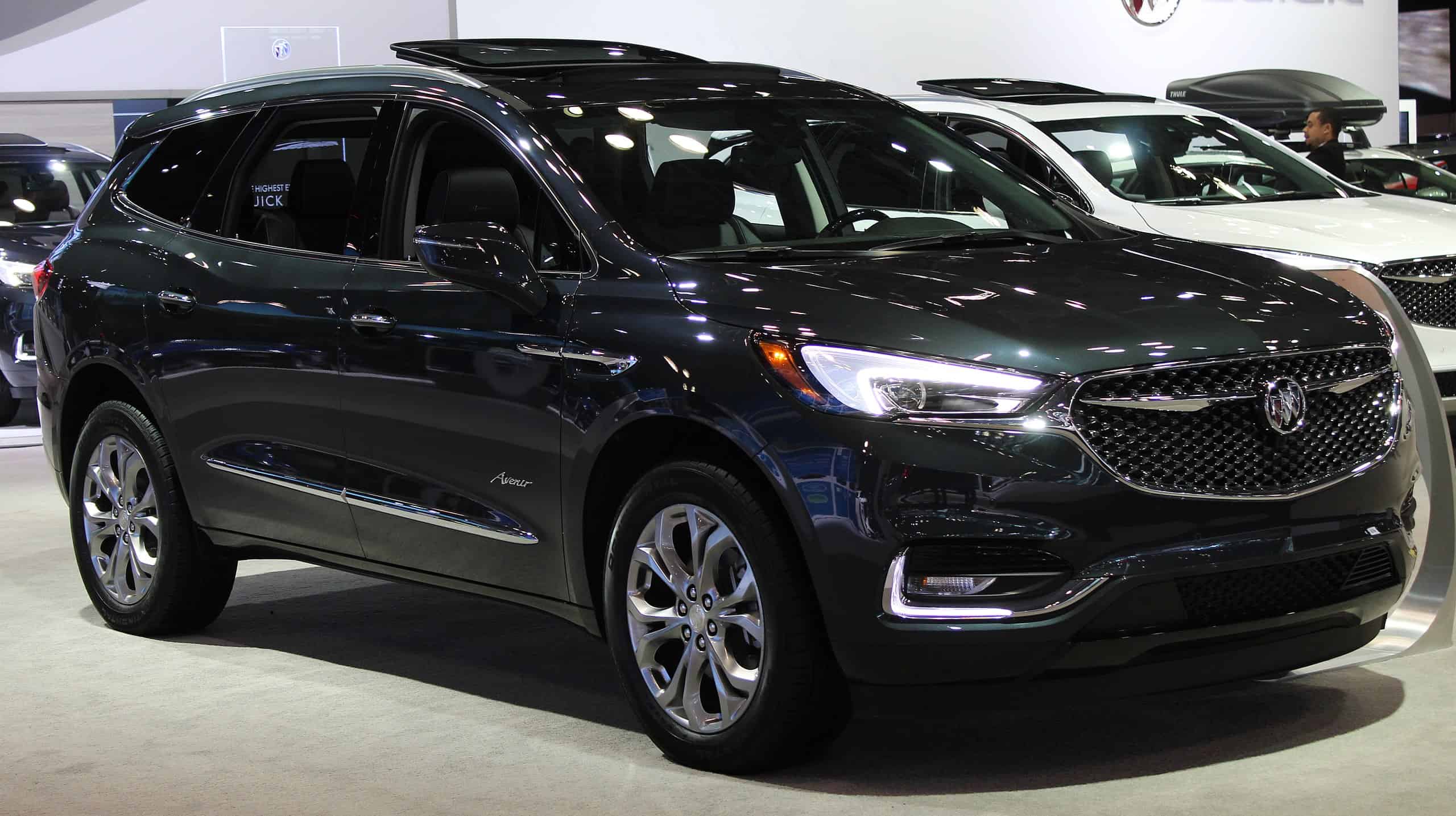
With only 35 NHTSA complaints, the 2019 Buick Enclave represented one of the best opportunities to get a problem-free Buick. What stood out with this model was that there wasn’t one major issue. Engine problems and drivetrain concerns did occur in 2019, but as no vehicle model year is perfect, it’s not surprising at least a few issues surfaced in the 2019 model year.
According to FIXD.com, the 2019 Enclave model received a near-perfect 10 out of 10 owner reliability score. Average maintenance costs for 2019 averaged as low as $250 for 2019 Enclave owners. When you consider the vehicle also earned a 4.6 out of 5 safety rating, it’s clear that Buick was finally starting to find its stride.
Own: 2020
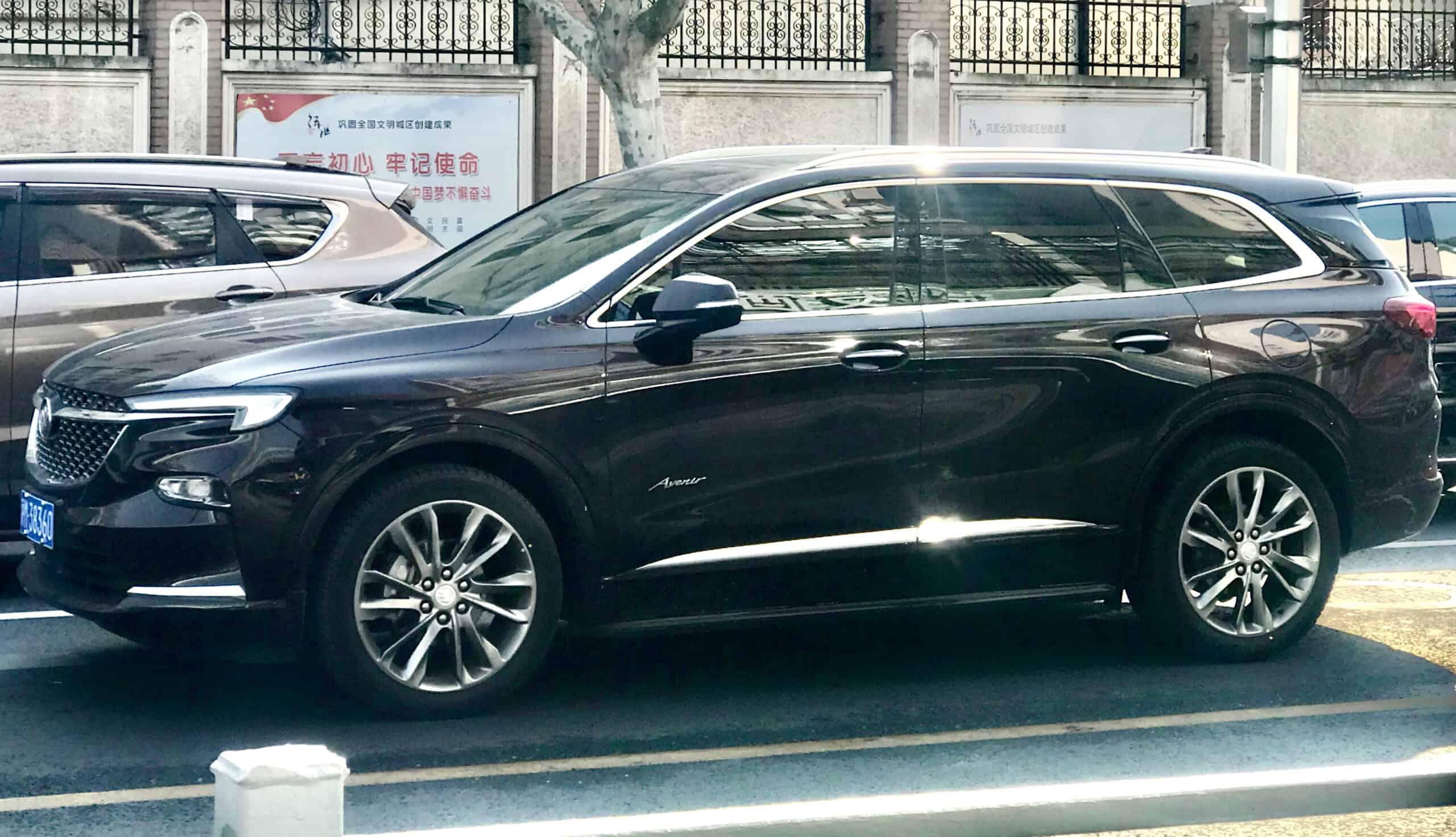
Like 2019, the 2020 Buick Enclave was a fantastic model year with outstanding reliability and safety. Only 18 complaints were made to the NHTSA in 2020, with sunroof leaks being the only major complaint. All things being equal, a single complaint to the NHTSA is more of an anomaly than a larger problem Buick should be worried about.
For the most part, many automobile media consider the 2020 to be the best Buick Enclave model of all time. The top trim, new, would cost right around $55,000, as Buick offered slightly more interior luxury than the likes of Ford and Chevy. Even if it wasn’t a perfect model year all around, there is no question that 2020 was a solid value if you can find one used.
Own: 2021
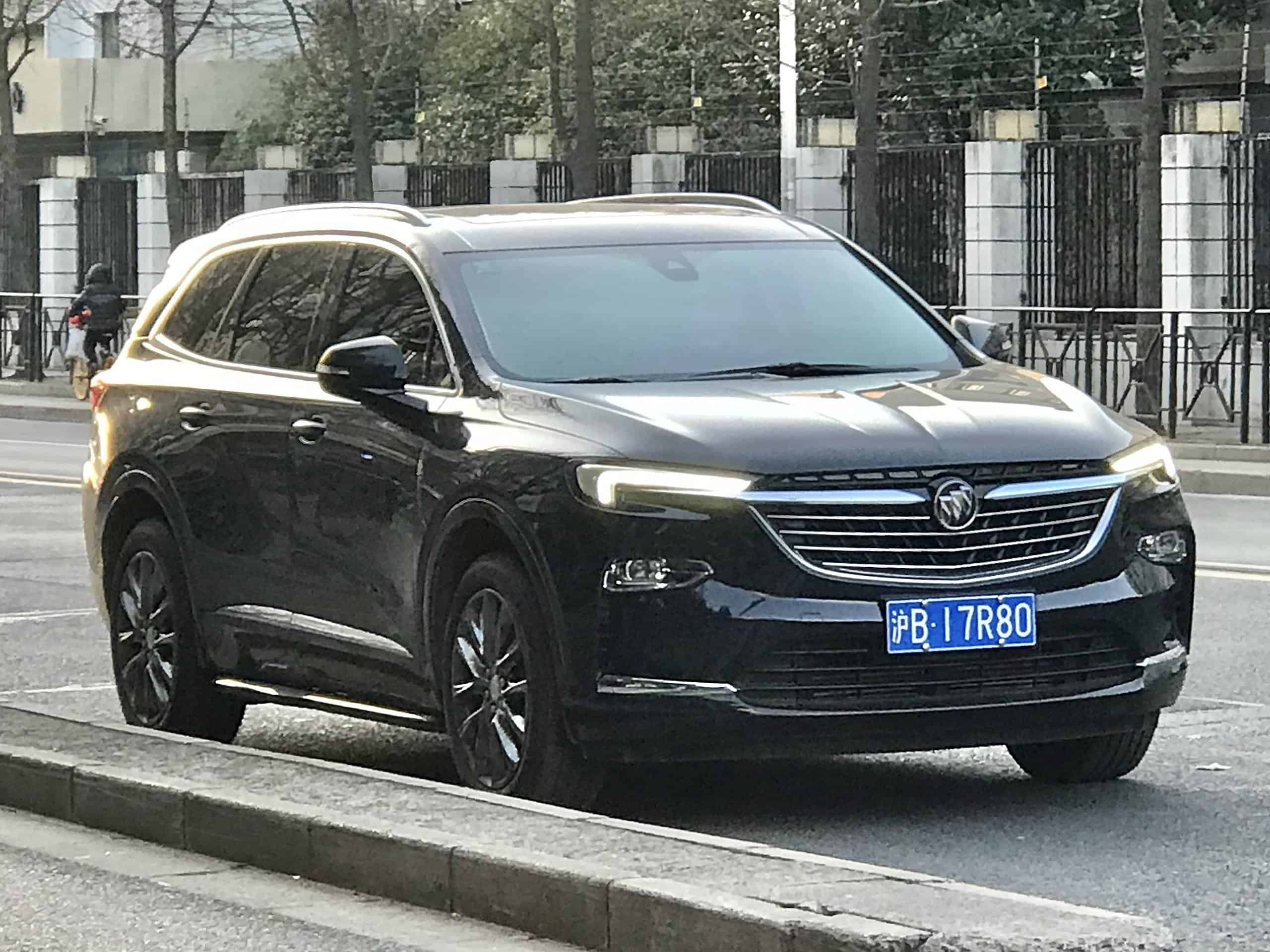
Last but not least, anyone who can find a good 2021 Buick Enclave model should feel comfortable making a purchase. As Buick has made a ton of fixes throughout the last few years, it comes as no surprise the 2021 model was highly recommended. According to J.D. Power, the 2021 Buick Enclave received an 82 out of 100 which was good enough to earn a strong “Average” score.
Better yet, J.D. Power rated the resale value of the 2021 Buick Enclave as “Great” with an 85 out of 100. With a base MSRP of around $40,000, it’s great to know that customers can maintain as much out of that value as possible with the 2021 model year. Even the dealership experience for Buick was rated “Best” by J.D. Power with a 92 out of 100 score, quite the turnaround from a decade before.
The Average American Has No Idea How Much Money You Can Make Today (Sponsor)
The last few years made people forget how much banks and CD’s can pay. Meanwhile, interest rates have spiked and many can afford to pay you much more, but most are keeping yields low and hoping you won’t notice.
But there is good news. To win qualified customers, some accounts are paying almost 10x the national average! That’s an incredible way to keep your money safe and earn more at the same time. Our top pick for high yield savings accounts includes other benefits as well. You can earn up to 3.80% with a Checking & Savings Account today Sign up and get up to $300 with direct deposit. No account fees. FDIC Insured.
Click here to see how much more you could be earning on your savings today. It takes just a few minutes to open an account to make your money work for you.
Our top pick for high yield savings accounts includes other benefits as well. You can earn up to 4.00% with a Checking & Savings Account from Sofi. Sign up and get up to $300 with direct deposit. No account fees. FDIC Insured.
Thank you for reading! Have some feedback for us?
Contact the 24/7 Wall St. editorial team.
